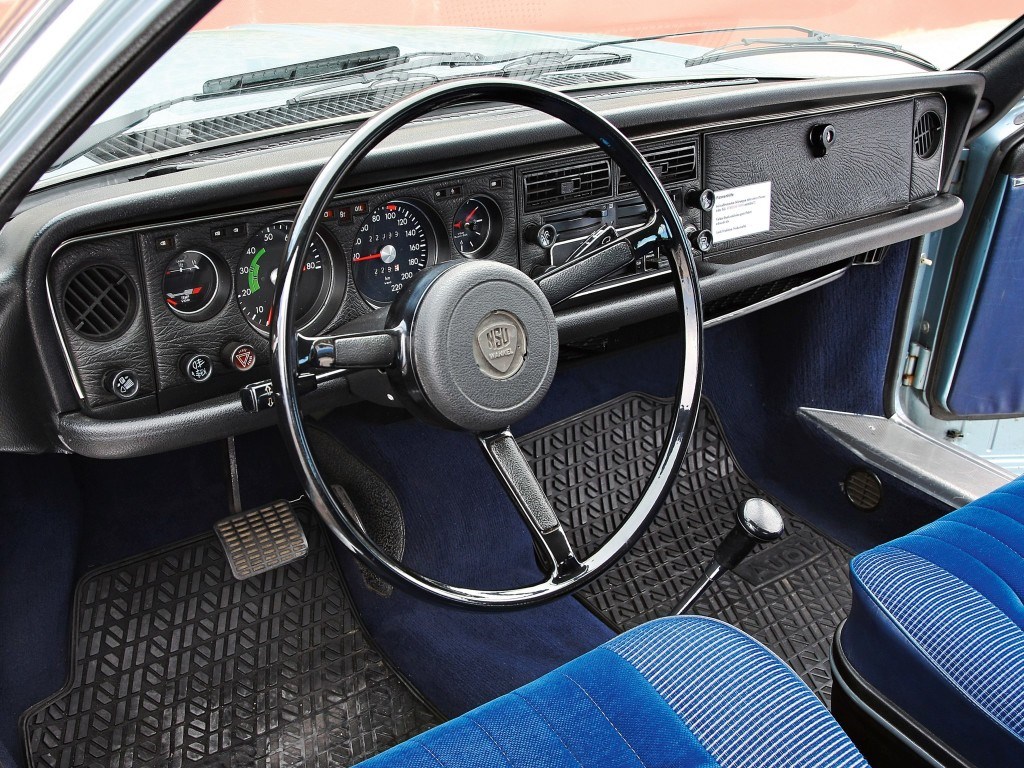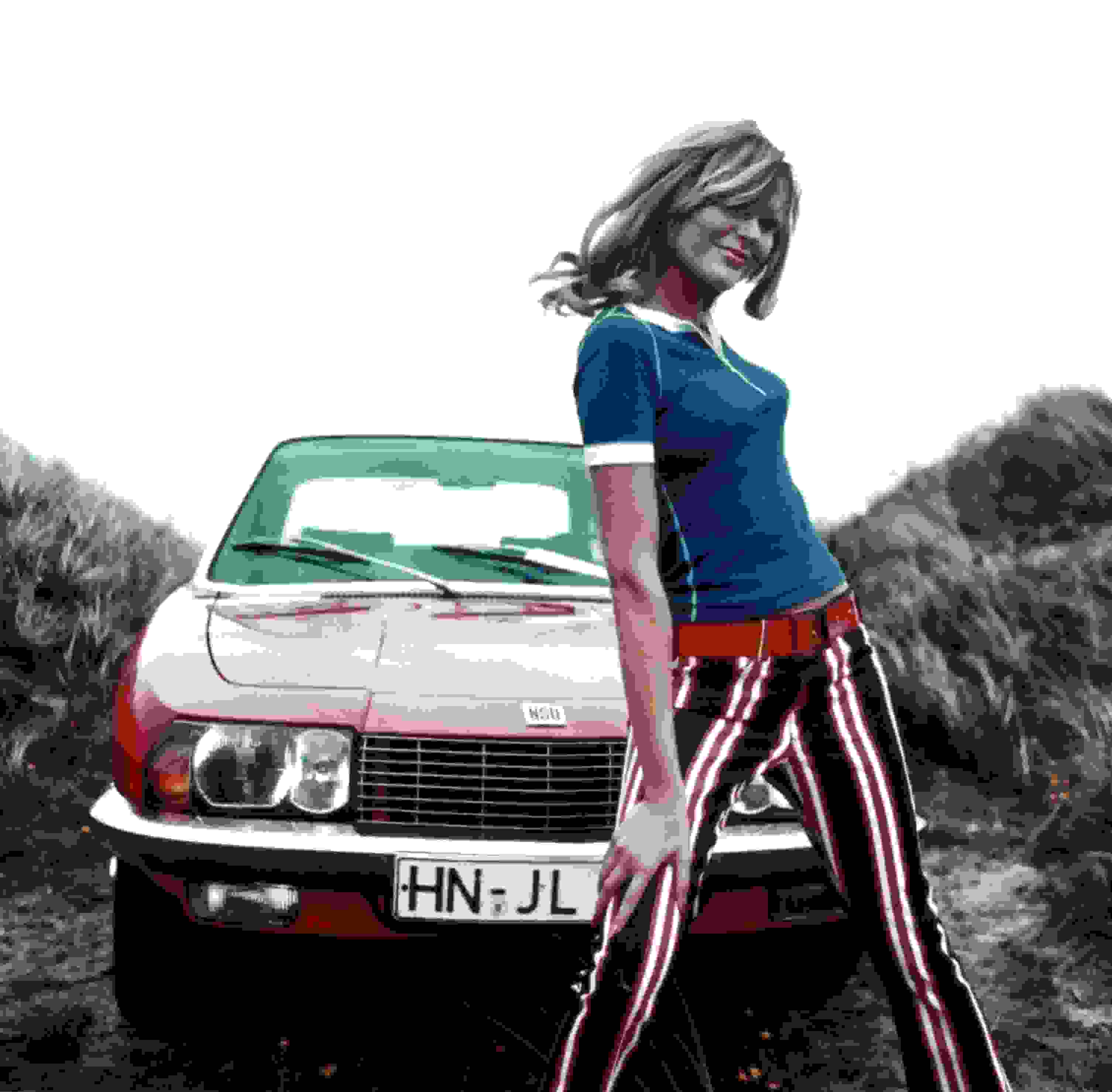
Before disappearing forever after being absorbed by Audi, NSU produced the RO80, an attractive saloon with a very modern appearance. Unfortunately, the boldness shown by the German firm did not pay off.
Compared to its German competitors, NSU was only a small manufacturer in the 1960s, whose cars were renowned for their serious design. In 1967, at the Frankfurt Motor Show, the company surprised the public with a saloon with a very modern design.
Above all, the RO80 featured a Wankel rotary engine, a considerable technological advance that contrasted with other NSU models that benefited from a rear-mounted engine. To make its mark, the manufacturer is not hesitating to play big, as Wankel technology is still in its infancy.
This daring choice is justified by the fact that NSU wants to stand out from the competition through its technological audacity, a legitimate but rather risky gamble.
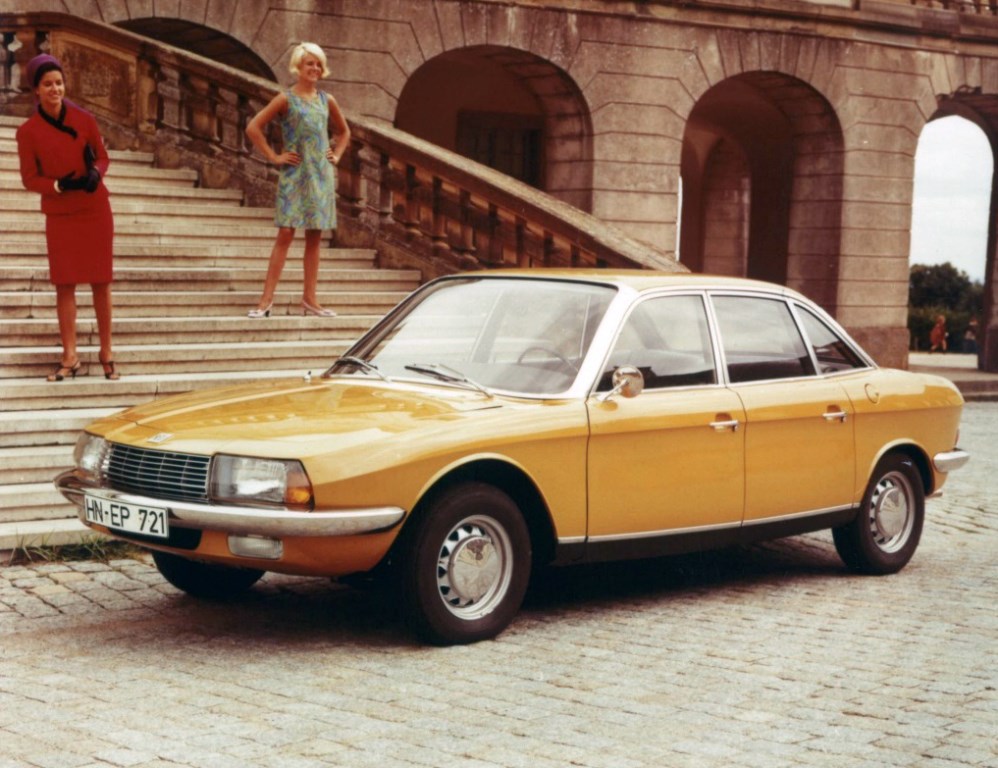
Promising technique
Inside the RO80 engine (RO for rotative and 80, the decade supposedly represented by this saloon), there are no pistons but two rotors that rotate in a combustion chamber.
This cycle includes all the stages of a 4-stroke engine and theoretically eliminates the constraints of running a normal block, i.e. the vibrations, noise and inertia associated with moving parts.
In addition, the rotary engine tolerates high engine speeds, is cheaper to produce and is very compact. The problem is that these advantages are theoretical...
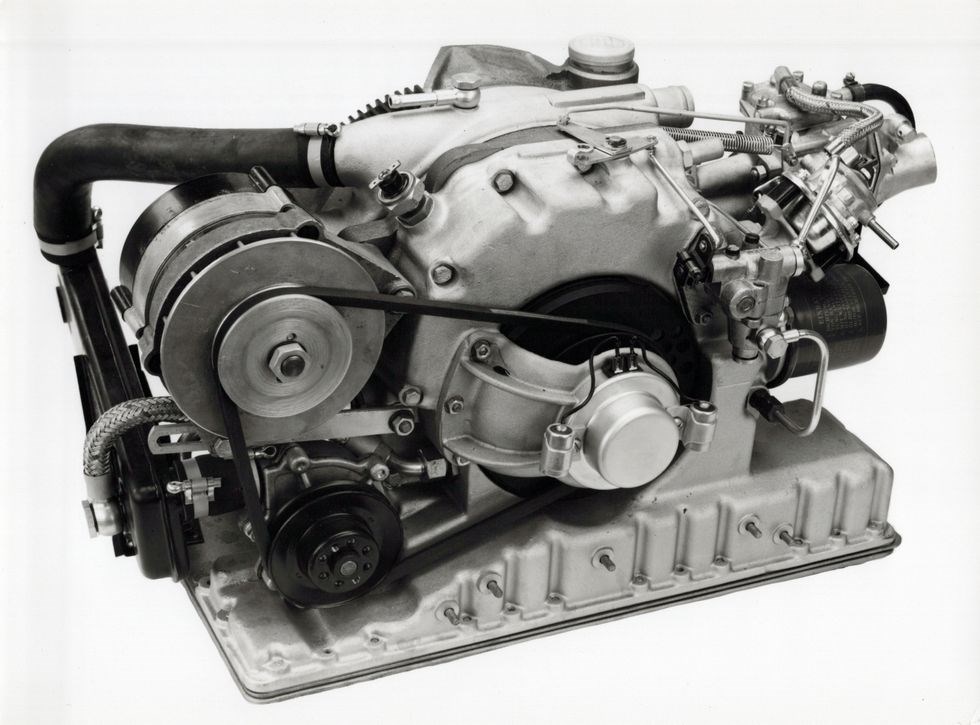
Unexpected issues
Since the 1950s, NSU had believed in rotary engine technology, and the brand financed the work of Felix Wankel. Although the NSU Spider was the first car to be fitted with such an engine, it remained a highly confidential model, with only 2,375 units rolling off the production line between 1964 and 1967.
The RO80 broke new ground with a twin-rotor engine under the bonnet, but that wasn't all: the saloon also had 4 independent wheels, front and rear disc brakes, power steering, a semi-automatic gearbox and front-wheel drive. Its uniqueness appealed to the motoring press, who voted it Car of the Year for 1967.
However, mechanical problems arose very quickly, and the innovative nature of its mechanics meant that few workshops were really able to maintain it properly. RO80 owners complained of a lack of power, high oil and fuel consumption and unreliability.
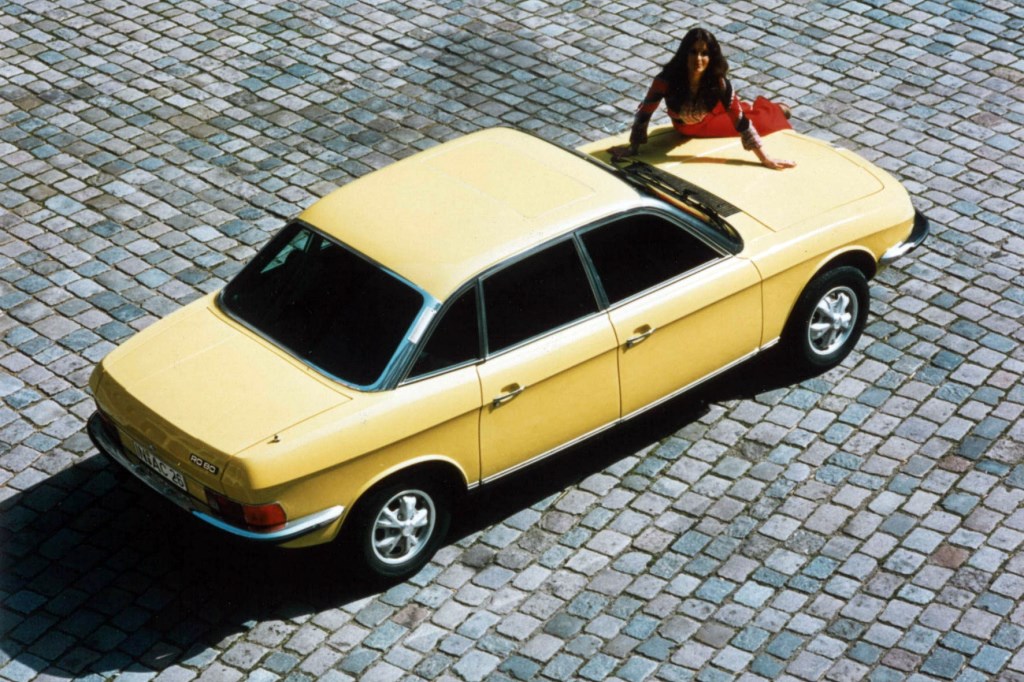
In total discretion
Despite numerous warranty repairs, NSU engines tended to break down after just 60,000 km. The 1973 oil crisis did not help matters, nor did the takeover of the manufacturer by Audi in 1969. Neglected by the Audi-NSU network, the RO80 enjoyed an extremely low-key sales career until 1977.
In 10 years, just over 37,000 examples were produced. As for the Wankel engine, it continued its career at Mazda, with a little more success.
Discontinued in 2012 following the end of production of the RX-8, it made a comeback a few months ago under the bonnet of the MX-30, as a generator powering an electric motor.
